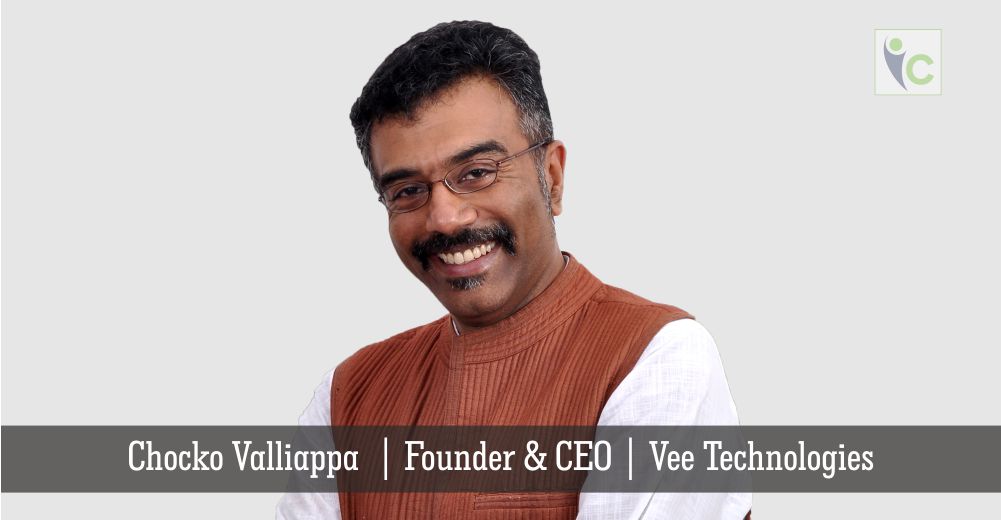Healthcare industry is today the biggest and most challenging component of a service industry, is the healthcare industry. Over the years, healthcare industry has seen many changes and gone through many transformations, today the expenditure involved in healthcare is more than any other sector. Healthcare is now headed more to towards making a patient’s life better, healthier and more comfortable. With technology gaining rapid pace and taking giant strides in practically every other sector, healthcare is not to be left far behind. Medical organizations across the globe continue their in depth research.
New trends in the healthcare arena have moved organizations, to give a new dimension to the healthcare system. What are these recent trends which have created a new wave? This article is aimed at getting to know a bit more as it unfolds.
IT Support Population Health
The thorough spread of the EMR/EHR and IT Supported Population Health Management System which is the collection of relevant patient data across multiple health information technology resources, the analysis of that data into a single, actionable patient record, and the actions through which, care providers can improve both clinical and financial outcomes. This technology has several goals, reducing the risk of the patient, reducing costs and improving the outcome. PHM programs aim to mitigate costs by focusing on appropriate utilization of services to manage and coordinate care efficiently thereby controlling mitigate costs by effectively managing and preventing chronic diseases.
Analytics in prospective risk based services
Quality healthcare is the need of the hour and many organizations are in a race against time, to ensure just that. Aligning the increased prowess of handling bid data combining with the increased collection of data sets has created a potent combination. The use of analytics has helped healthcare executives, understand the benefits and achieve better patient outcomes. It has resulted in cost reduction, clinical quality and patient satisfaction.
Organizations are seeking to get “risk intelligence” by clearly defining, understanding and managing their exposure to risk. Advanced analytics capabilities and cognitive technologies enable clearer visibility into the challenges associated with managing the many types of risk. By using analytics to measure, quantify, and predict risk, leaders can rely less on intuition and create a consistent methodology, steeped in data-driven insights. Process knowledge and software brilliance have combined with analytics to provide the necessary inputs like research tools, project management and knowledge base which are needed to achieve healthcare delivery insights. In a data-centric industry, the opportunity to leverage data for value creation has increased immensely. Data analytics helps healthcare organizations, gain insights into patient behaviours and meet organization objectives.
RPA Integration
The integration of RPA or Robotic Process Automation technique with the current applicable processes has been a boon to many organizations, to meet their global project requirements. It is firmly believed that, RPA as a technology has been slowly gaining acceptance in a variety of industries, including healthcare. However, healthcare sector took its time to adopt RPA. Recent pressures such as escalating costs have called for the adoption of RPA to drive down costs and reduce wastage in the delivery of healthcare. Healthcare is one area where this technology is helping to streamline operations. The introduction of RPA has enabled those in the healthcare sector to shift manual, time consuming and cumbersome work from humans to robots, thereby achieving positive results. RPA integration has made a big and effective difference in care management, claims administration, Improving quality of service and improving the consistency in service, to name a few.
Healthcare and Payer System
Healthcare and payer first got into the population health as this was mandated by Medicare. Today Medicare Advantage (MA) plans are based on the Hierarchical Condition Categories (HCC) system for reimbursement. The HCC payments are connected to the individual health risk profiles within members in the plan. Here the coder gathers all the information of the patient from all their medical records. With this data they are able to decipher the future medical needs of the patient.
For this to be effective payers need employ good certified colder.The coder will look and report any existing chronic conditions that may have gone unreported to the plan.
Thumbnail to Home page
Healthcare system is unique amongst advanced industrialized countries. With a hybrid system in place and with the use of exquisite technology and niche research methodologies, healthcare has been strategized and standardized, in the most effective way. Economically viable processes have contributed to healthcare being recognized as one the most clinically managed process.
About the Author
Chocko Valliappa is the Founder and CEO of Vee Technologies. He is the inspirational force behind the company. Thanks to a wide range of exposure to new technology and software throughout the years, Chocko has accumulated vast experience in developing and exploring technologies. As an integral part of the Sona Valliappa Group, Chocko has played a pivotal role in the group’s progress and success throughout the years. Chocko possesses an in-depth knowledge of European, Asian, and Pan-American markets and a comprehensive expertise in forging alliances and joint ventures of strategic importance. Chocko is one of the founding members of the YPO & EO Bangalore chapter. He is also the Vice Chairman of Sona College. With his varied experience in education, industry-focused skill development, technology, and a traditional industry background, he is guiding Vee Technologies to reach the heights of success on a global scale.






